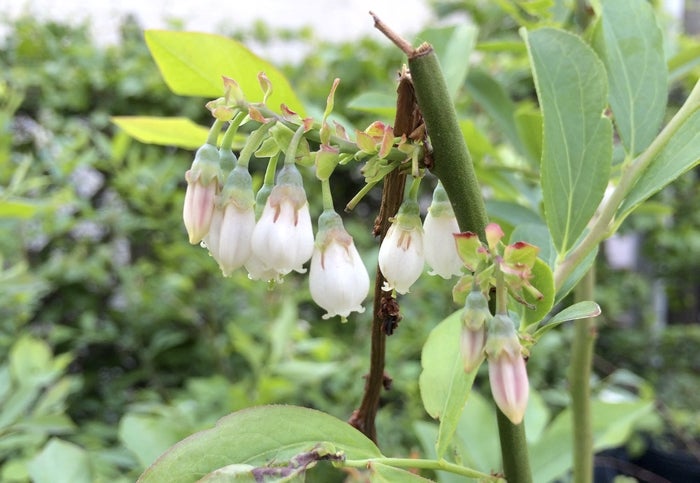Q and A: Tips on frost damage, fire ants and flowers
Published 12:00 am Friday, April 22, 2016

- Cooperative Extension The hard freeze a couple weeks ago did damage to fruit crops, but the extent is not clear yet.
By Danélle Cutting
For the Salisbury Post
SALISBURY — It is hot and now, and that is definitely not a reference to the delicious Krispy Kreme doughnuts.
Our office has received tons of phone calls, emails and drop-ins this week alone. As a reminder to all of our clients, we do not have a typical desk job. We try to maintain an 8 a.m.-5 p.m. Monday-Friday schedule, but we also work many nights and weekends as well as visit growers for spur-of-the-moment situations.
I tell you this so that you understand that our work weeks are hectic and sometimes we cannot return calls within a day or an hour, but we will get back with you as soon as possible.
Since many people have some of the same issues as others here are a few of the latest:
Question: Since we had that late frost, will we have any of the fruits this year such as peaches, blueberries and blackberries?
Answer: We definitely lost a few varieties since the frost occurred when we had many fruits and plants in full bloom. Tight flowers, fully opened flowers and fruit that are developing all have a different degree to which they are more susceptible, so this last frost definitely injured and killed some of our fruit. Many areas reached a temperature of 28 degrees or less and that is harmful to most blooms and fruit. I am hoping that we only lost 30-50 percent of our crops but for some it is still too early to tell. I am hoping to start scouting some of the grower’s crops soon to see if we were dealt a bad hand of cards. I will write an update as I learn more about the situation.
Question: How do I get rid of fire ants in my vegetable garden?
Answer: This is the tricky part because you have to be very careful and read labels. You cannot just purchase a fire ant product and put it in your vegetable garden because many of the products available are not labeled for areas where you can harvest fruits and vegetables.
I still prefer a two-step method in controlling the fire ants to make sure you kill the queen. This means that you use bait and then a drench. Many of the baits contain spinosad which is an organic approved product. Baits take time to work because queens are smart and they need to “trust” that the bait is safe, so give it time to work, usually five to seven days.
Next, select a drench bait approved for vegetable gardens; many of the approved drenches also contain spinosad. Try the two-step method first. You may need to treat any new mounds that arise but this should control the problems in your garden. As always, read the label and never put out any product that is not registered for vegetable gardens.
Question: What is that beautiful light blue flower in your garden that the pollinators seem to like?
Answer: I believe you are talking about the Narrow Leaf Blue Star Amsonia. It is one of my favorite plants and I encourage just about anyone to have a few in their own gardens. This wonderful plant is gorgeous in the spring with their delicate light blue flowers and it will also provide a beautiful gold leaf color in the fall. This plant is the perfect package to have that wonderful spring and fall interest, it is also a great plant for our pollinators. Check your local nurseries to see if they have any available.
If you would like to learn more about the frost, how to control fire ants, or more about the Blue Star Amsonia, call your local Cooperative Extension agent, Danélle Cutting at 704-216-8970.




